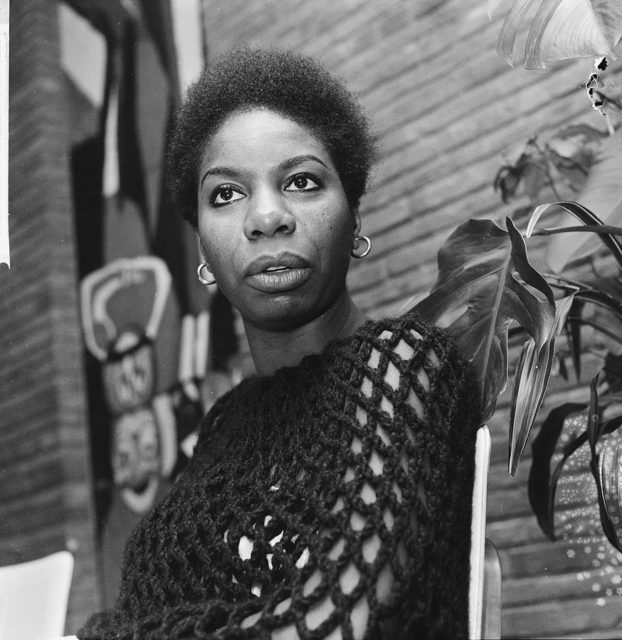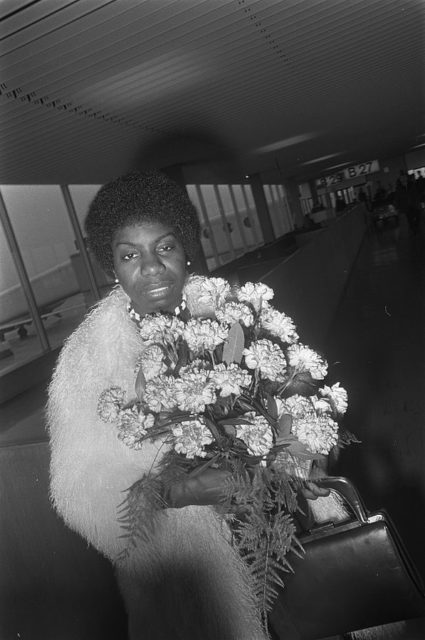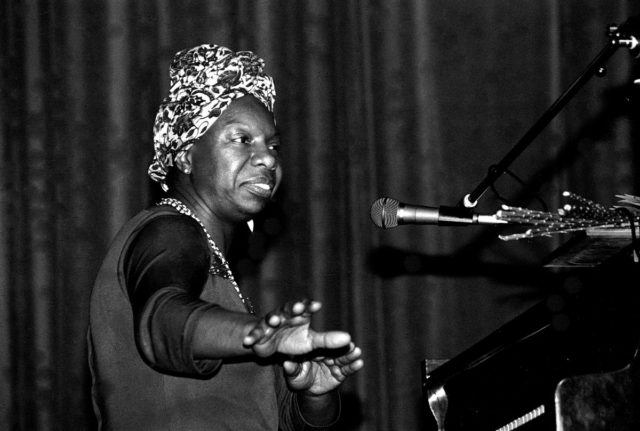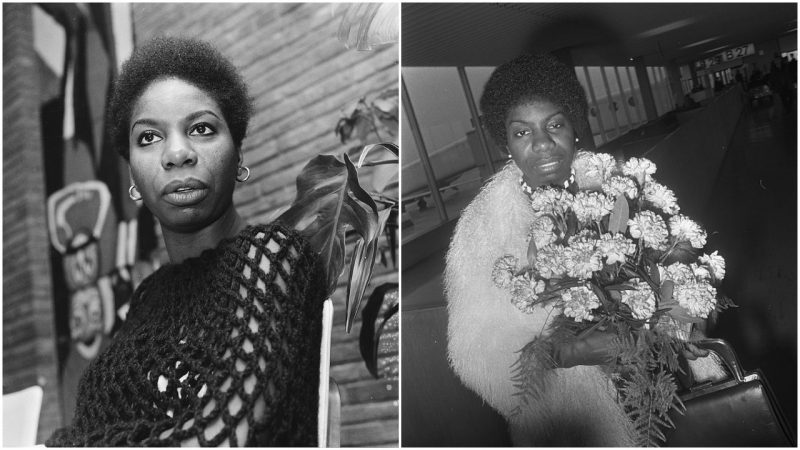Nina Simone was not only an exceptional musical legend but also a civil rights activist who whole-heartedly engaged in eradicating the racial differences in the United States.
The artist that recorded more than forty albums in the period between 1958 and 1974, was the sixth of eight children born to the family of Mary Kate and John Divine Waymon. Although both parents worked hard, her mother as a Methodist minister and housemaid and her father, who also suffered from health issues, at one point owned a dry cleaning business, the family struggled on a poor income.

Simone was a natural when it came to music. She started playing the piano at age three and the first song she learned was “God Be With You, Till We Meet Again”. Though Nina performed at her local church, her first concert, a classical recital, followed when she was twelve years of age, and an interesting anecdote relates to this event.
Simone later told how during this performance, her parents had taken seats in the front row but they had been forced to give their seats up for white people and move to the back of the hall. She said that she had refused to proceed with the recital until her parents were given their seats back at the front. And they did.
Her spirit to change things and fight for racial justice continued into her adult life as well, once she became an established musician, after years of struggle to fund her musical education and cover the costs of living.

The first time she addressed the racial inequality that was overwhelming in the United States, was at a live concert in 1964, with the song “Mississippi Goddam”. It was her personal response to the murder of Medgar Evers, June 12, 1963, followed by the bombing of the 16th Street Baptist Church in Birmingham, Alabama, September 15, 1963, which took away the lives of four African-American girls and partially blinded a fifth who had survived. Nina had remarked that the title, and the song itself, was “like throwing 10 bullets back at them”. Later on, she had commented that the song came to her “in a rush of fury, hatred, and determination”.
“Mississippi Goddam” was the first of many protest songs that the music legend released, and some states in the South even boycotted it. That same year, she also had a song that addressed the Jim Crow laws. Nina was not satisfied that race relations might change gradually over time; she rather called for more immediate action.

From 1964 on, the civil rights message became the focus in Simone’s album releases and live performances. She also regularly spoke at numerous civil rights meetings, and at one point even advocated for more violent approaches during the civil rights movement. Three days after the murder of Martin Luther King, Jr. she dedicated an entire performance to him and sang “Why (The King of Love is Dead)”. The song was written by her bass player immediately upon receiving the news of King’s death.
Nina Simone certainly did play her part in combating racial barriers, but remember, it all started when she was twelve years old, at her very first performance, when her parents were denied the front row seats to watch her, and she stood her ground.
